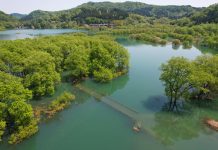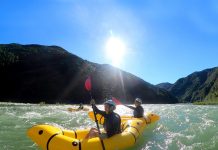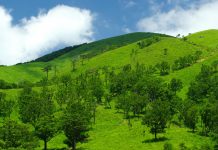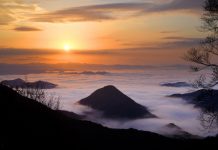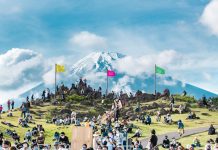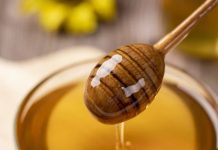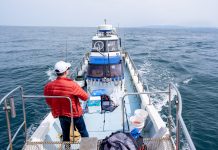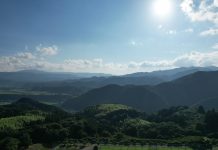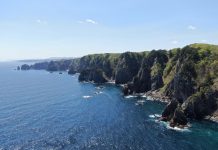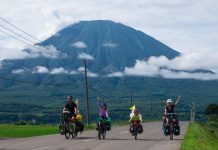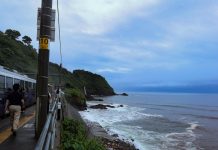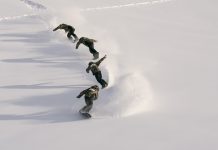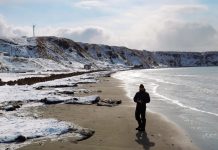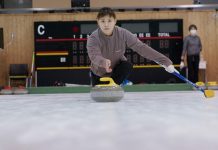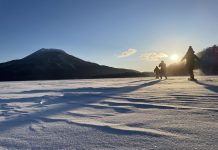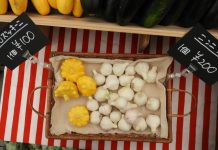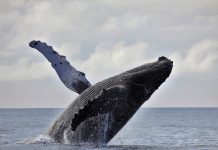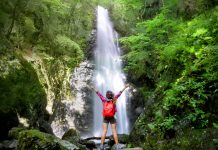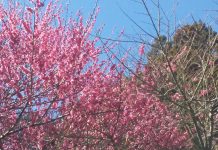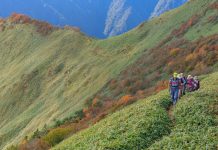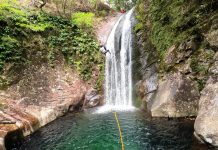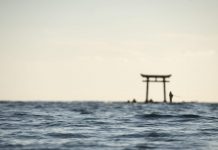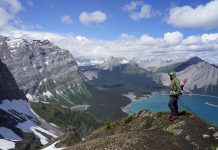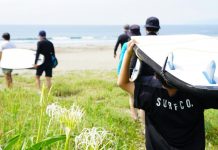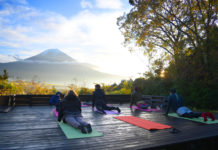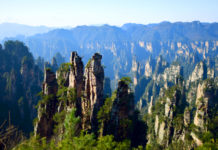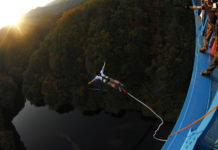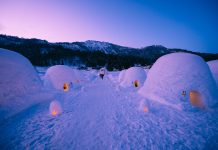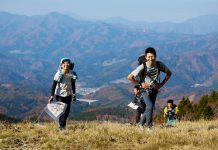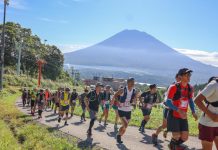washi papermaking kochi
washi papermaking kochi
Washi—traditional Japanese paper—has a history of nearly 1,500 years in Japan. Washi was used widely in everyday life until the arrival of mass-produced, machine-made Western paper in the 20th century. Today, washi is more art than commodity with a select few artists working to help keep this traditional paper relevant and evolving along with modern society.
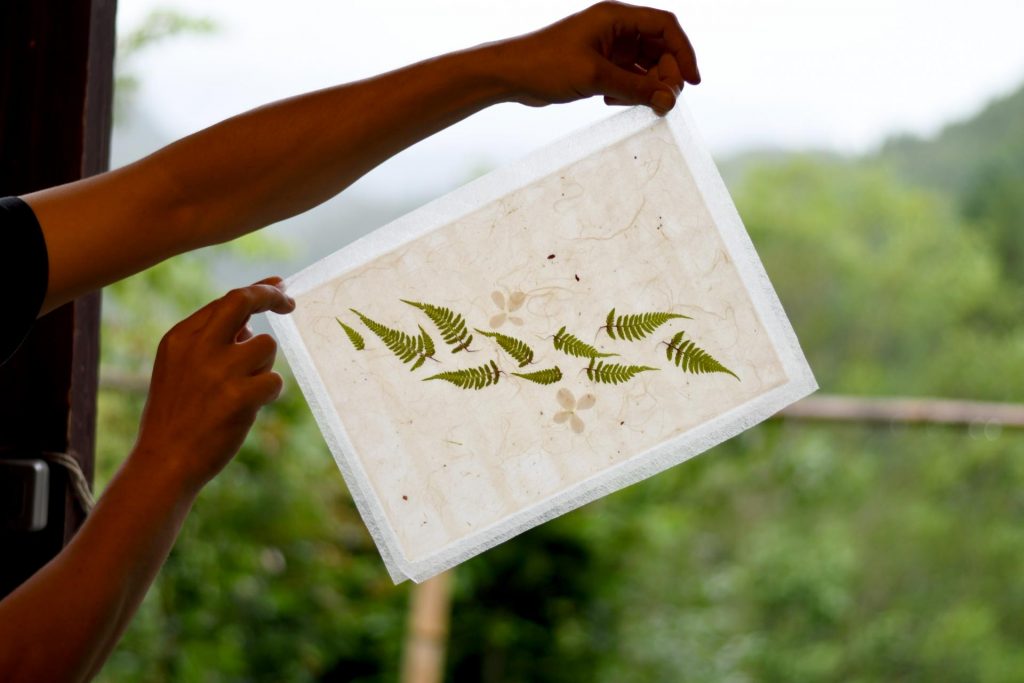
Deep in the mountainous region of Kochi Prefecture on Shikoku Island is Kamikoya, a modest two-story wooden workshop overlooking a hamlet. Long-time resident and nationally-acclaimed washi artist Rogier Uitenboogaart creates here. He was originally studying book binding back in his home country of the Netherlands, and discovered washi during the process. The 66-year-old Dutch artist made his way to Japan 40 years ago to learn more about washi and never left.
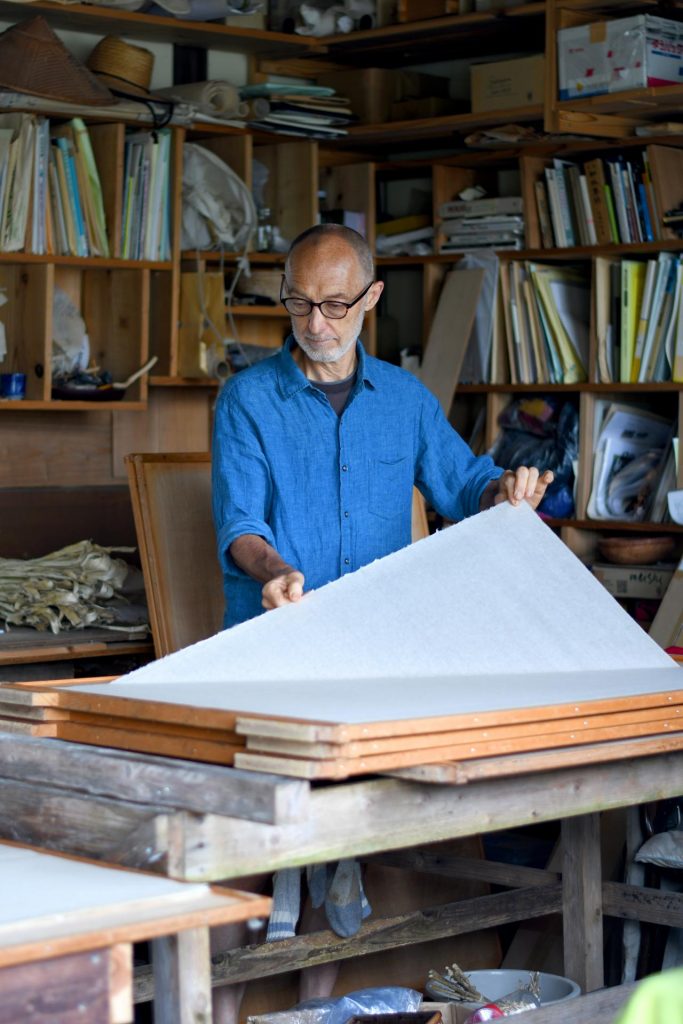
“I think people were surprised and wondering why a Dutch guy was so interested in washi,” he recalls. “But the locals were really open and willing to share with me what they knew.”
Kochi is one of Japan’s premier paper-making prefectures. Tosa-washi, the paper produced here, has a 1,100-year history with records showing it was once presented as a tribute to the emperor. Uitenboogaart soaked up everything he could about this dying industry.
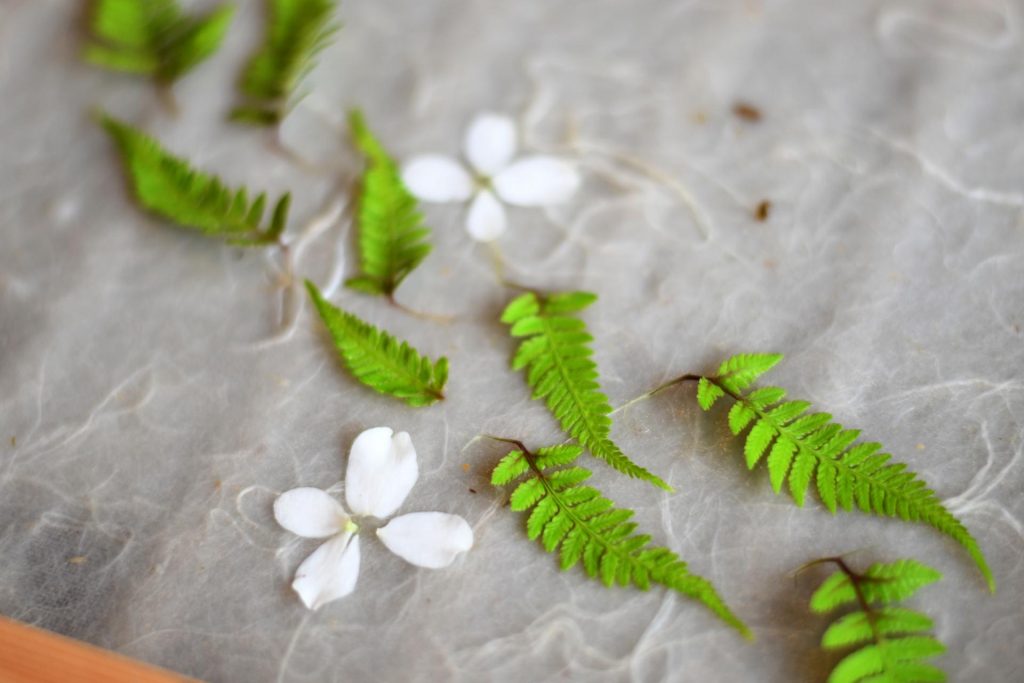
He eventually settled down in Yusuhara, a small town made up of 90% forest land. Compared to most villages in Japan, Yusuhara has been fortunate as its forests and culture inspired famous architect Kengo Kuma, who designed the Japan National Stadium for the Tokyo 2020 Olympics. Architects and designers from around the world have visited Yusuhara to see six of Kuma’s works located here.
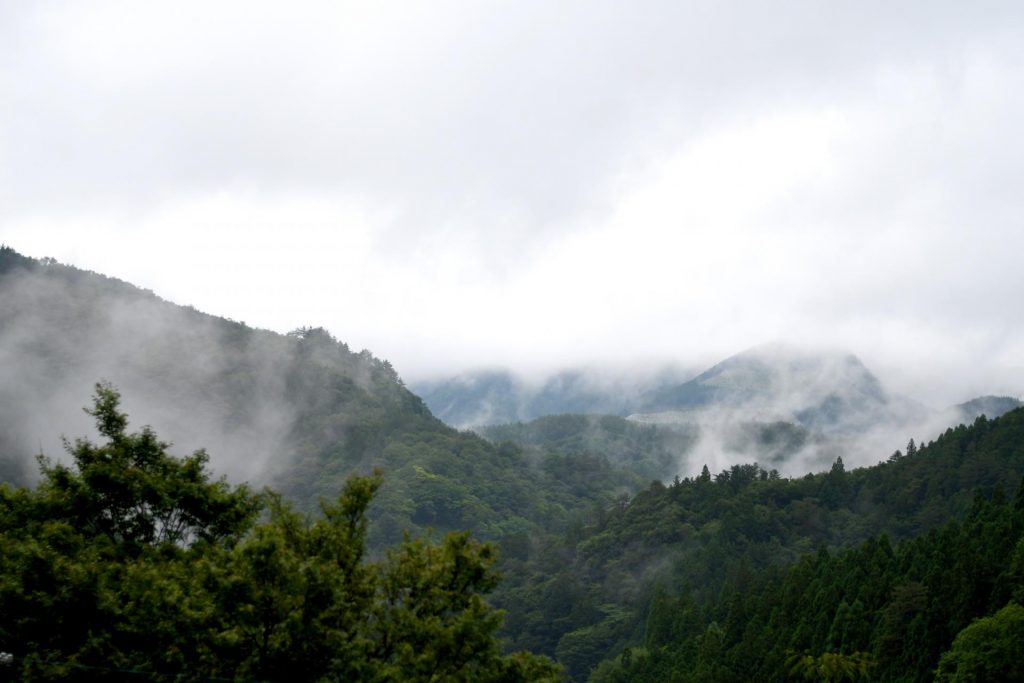
“We owe a lot to Kengo Kuma,” says Uitenboogaart, who produced wallpaper for Kumo-no-Ue-no Hotel designed by the architect. His washi has been used both for functional and artistic purposes, like a pop-up gallery in Ginza where he transformed an ordinary room into a “cave” using massive sheets of washi and contouring them to accentuate textures and lighting. Despite his many accomplishments, Uitenboogaart remains humble, working hard to preserve the local environment.
“Washi is so intrinsically tied to nature—papermaking is a seasonal process and you have to know when to plant, harvest and make the fibers,” explains Uitenboogaart. He chose Yusuhara for its cold, dry winters and pleasant summers. “The fibers that we use all come from plants; the water we use has to be really clean in order to make good paper.”
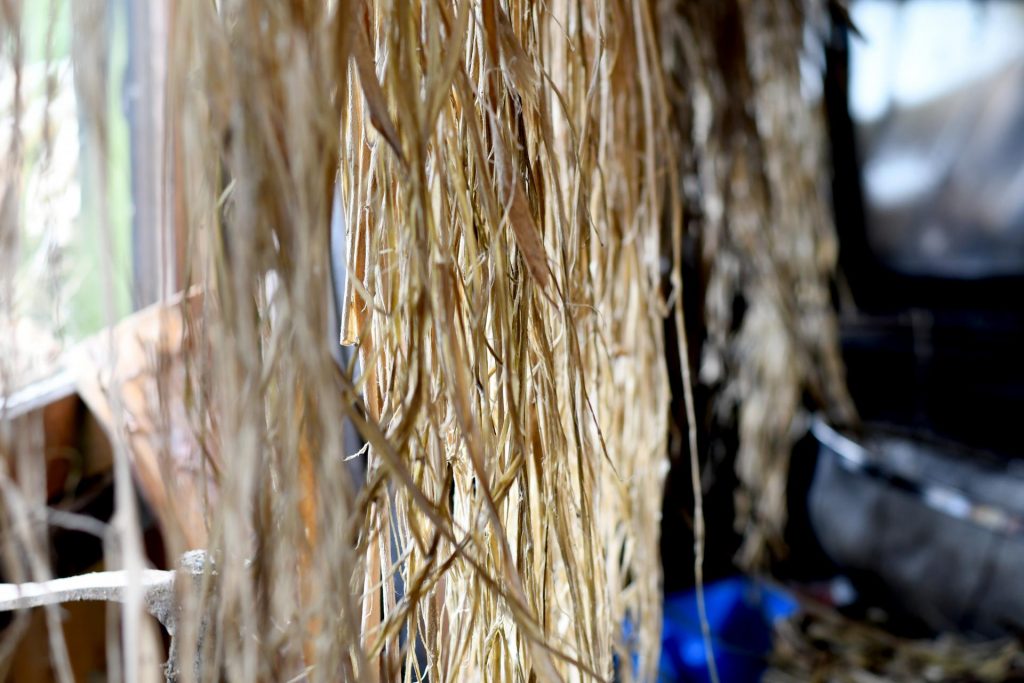
Kamikoya is surrounded by shoulder-height kozo (mulberry) and mitsumata (edgeworthia) plants that Uitenboogaart planted. He makes sure everything, from the plants themselves, to the other ingredients required for papermaking, stays natural without using pesticides and unnecessary chemicals. By producing small scale and locally, Uitenboogaart ensures his paper production is environmentally friendly.
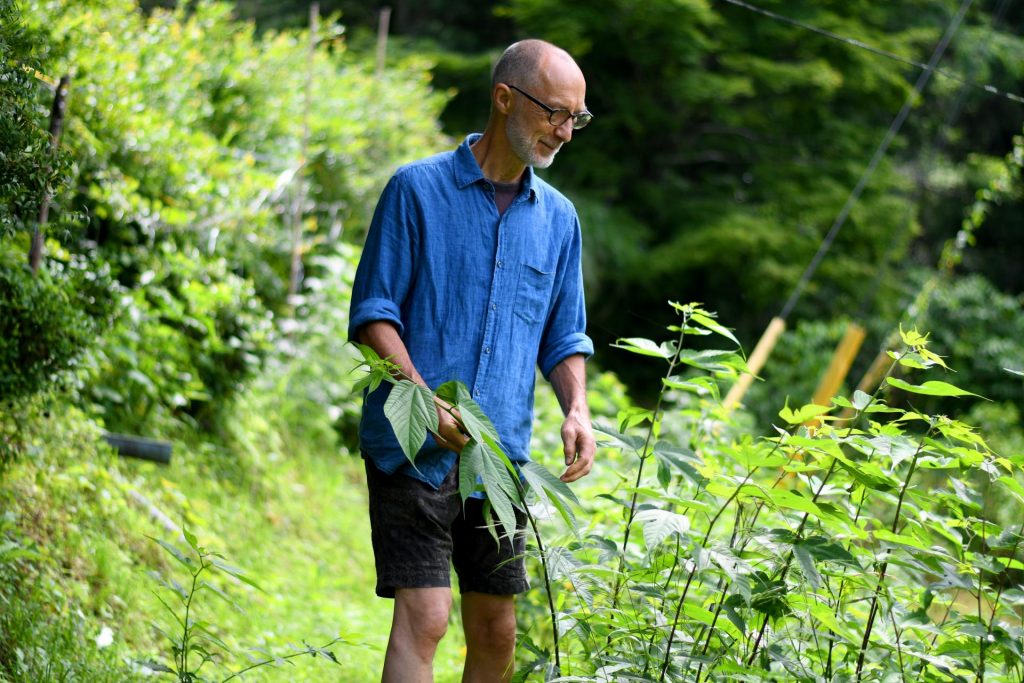
Together with his wife Chikako and son Yohei, they harvest the plants and start the time-consuming process of making paper the traditional way. First, bundles of plants are placed in wooden barrels and steamed. This allows the bark to be easily stripped away. The bark is placed in clean running water to wash away impurities and at the same time, be bleached under direct sunlight. Then, it is cooked with slaked lime to soften and break apart the bark into fiber.
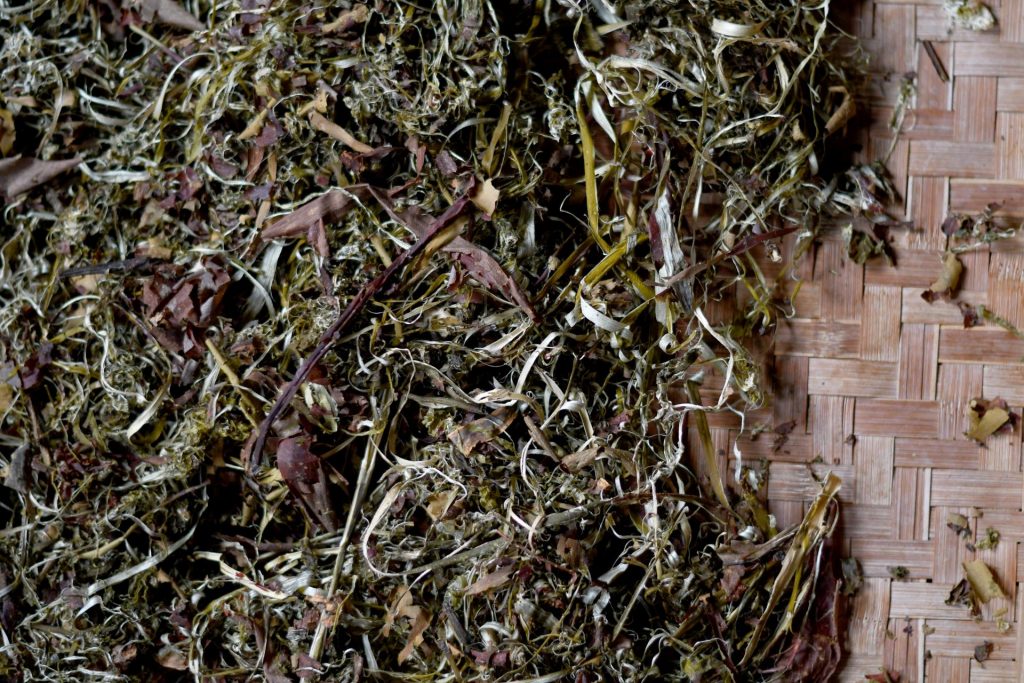
The fiber is flattened and beaten using a wooden mallet. Once it’s soft enough, the fiber is mixed with water and neri, an adhesive slime made out of okra. This liquid is then poured evenly in layers over a flat, rectangular sieve in a wooden frame. This determines how thick the paper is going to be. The workshop allows guests to customize their paper by sticking flowers and leaves on the paper as decoration or adding other washi colors. After decorating, the paper is pressed using a special stand, then left to drain overnight and dried by sun and wind.
To continue washi’s legacy, Kamikoya started a guesthouse for travelers to really immerse themselves in the natural environment of washi. The guesthouse houses one group at a time (up to four people) and is decorated with Uitenboogaart’s washi wallpaper, lamps and other artwork. There is also a covered BBQ patio where guests can cook their own food.
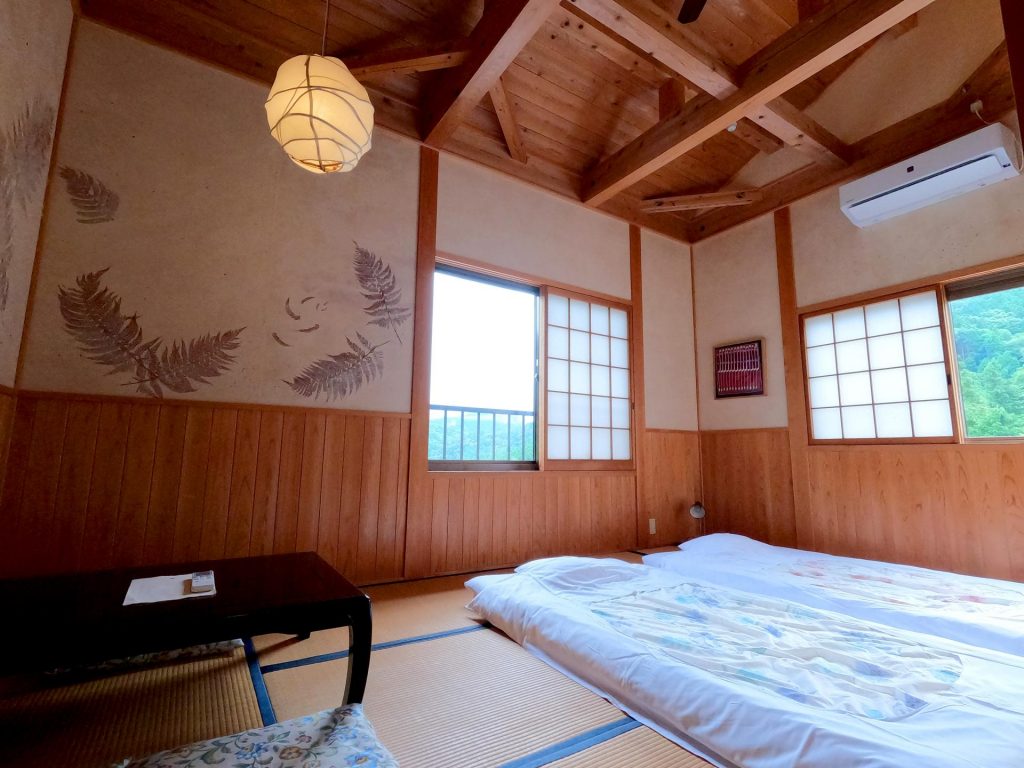
Uitenboogaart is also creating innovative ways to use washi, such as molding washi into straws, cups and other tools. He is also working on edible washi paper—even though technically every washi paper is or should be edible, he laughs.
Uitenboogaart’s 36-year-old son Yohei is helping raise awareness about washi and manages Kamikoya’s marketing and branding.
“I want people to not assume washi is this distant, intimidating artwork and process,” says Yohei. Younger people seem to be picking up an interest in not only washi, but also Japanese culture, he says while showing us a video of his father making paper that went viral on the mobile app Tiktok.
“At Kamikoya, we want to let people experience and see how they can use washi in their everyday life. That’s why we teach them the process of making paper, then encourage them to decorate it at home, or even use it as a lampshade.”
One night at Kamikoya starts at ¥18,750 per guest. Visitors can experience kamisuki, a two-hour papermaking workshop starting from beating the fiber (in-depth workshops are also available). To reserve or learn more, visit their website here.
Exploring Yusuhara
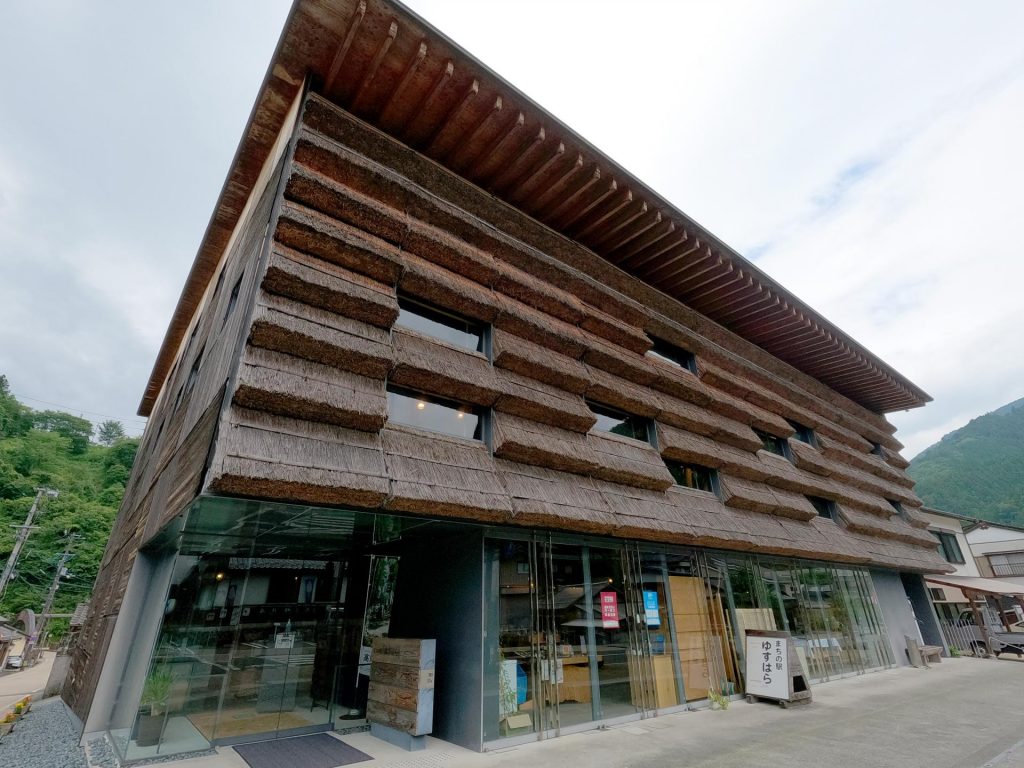
Central Yusuhara Town is a 15-minute drive from Kamikoya. The town itself is very small and walkable. There is a grocery store where you can pick up ingredients for a BBQ at Kamikoya.
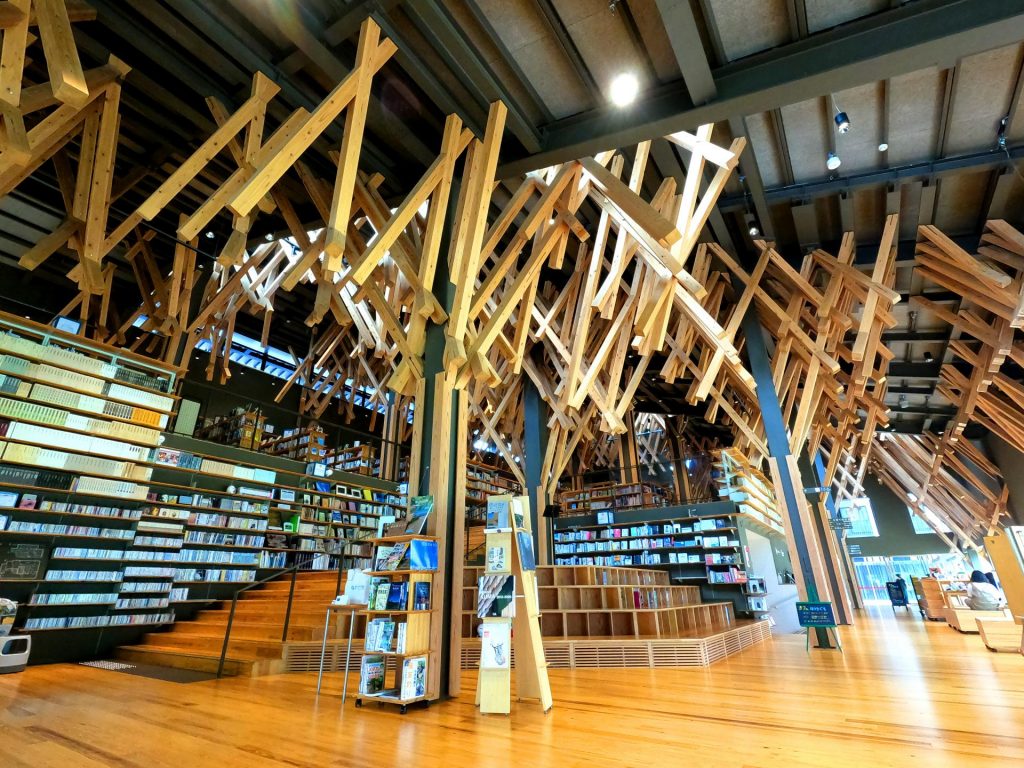
Kengo Kuma’s work including the town office, library, Machi-no-Eki Yusuhara (a community market and hotel), Yururi Yusuhara (a nursing home) are located here. You can also drive another five minutes to Kumo-no-Ue-no Hotel to see Kengo Kuma’s iconic bridge design.
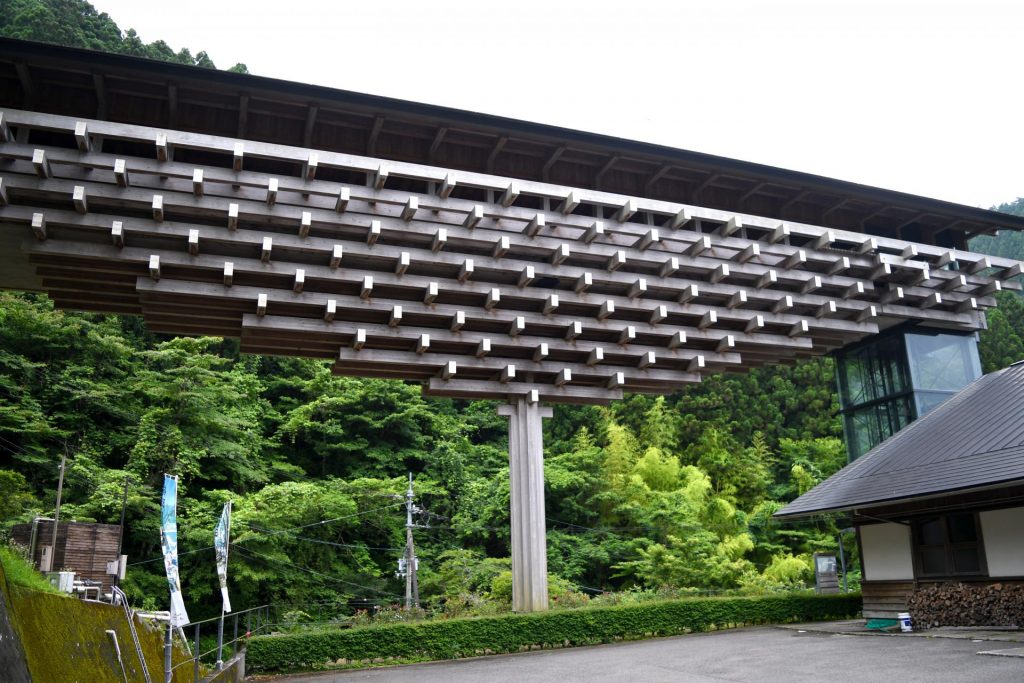
A 30-minute drive away is the Tengu Highlands of Shikoku Karst Natural Park; rolling green plains dotted with exposed limestone clusters and dairy cows. The picturesque karst plains are spread across 25 kilometers of Shikoku Island between Kochi and Ehime prefectures and split into three areas: the Tengu Highland, Keyakidaira and Mezurudaira. Route 383 winds through the highlands and, at 1,485 meters high, it is designated as one of the 100 most scenic roads in Japan and known as “Tenku no Michi,” or “Road in the Sky.”
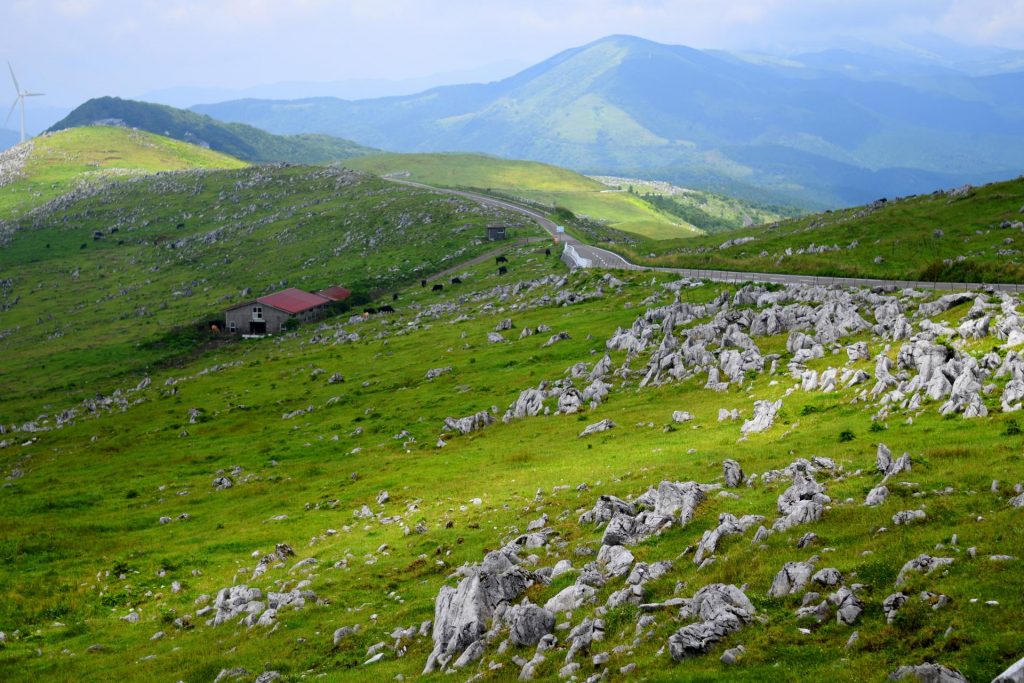
You can also access Kubotani Forest Therapy Road, one of the certified Forest Therapy Roads in Japan. A Forest Therapy Road is a walking path that has been scientifically evaluated by a qualified shinrin-yoku (forest therapy) expert as providing physiological and psychological benefits to those walking on it. It takes two hours to walk this pleasant trail paved with hinoki (Japanese cypress) wood chips.
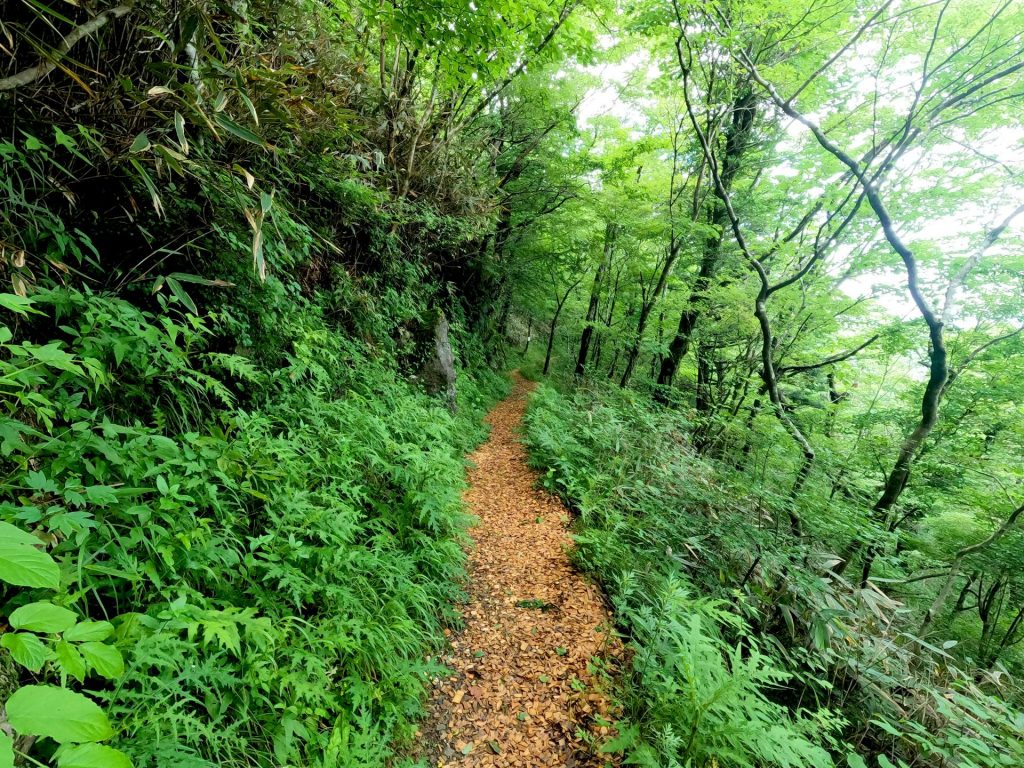
Getting There
Kochi Ryoma Airport is an hour and a half flight from Tokyo, and Kamikoya in Yusuhara Town is a two-hour mountainous drive west of the airport. As the prefecture is big with limited public transportation, the best way to get around is by renting a car near the airport or in Kochi City.
Read about Kaiyu, a Sustainable Beachside Onsen Hotel.
Learn more about traveling Kochi by camper van here.
Visit Kochi’s official tourism website here.
washi papermaking kochi

